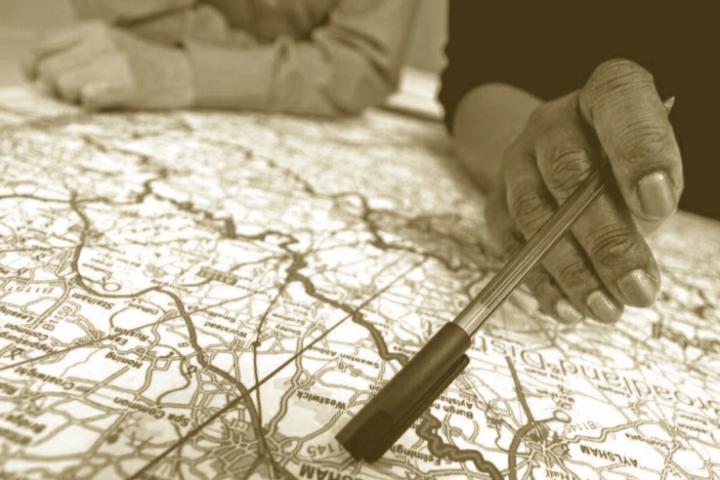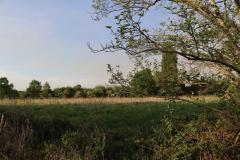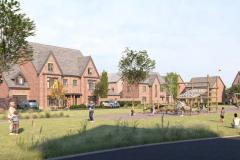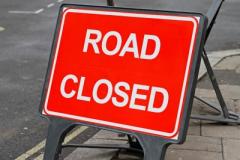
The independent Local Government Boundary Commission for England (LGBCE) has published its final recommendations for new local government electoral arrangements in Cheshire East.
Last week's publication follows months of public consultation and draws boundaries for each ward across Cheshire East. The review started on 24th February 2009, the commission then published its draft recommendations in November 2009 and last week confirmed their recommendation that the Council should have 82 members, with 28 single-member wards, 18 two-member wards and six three-member wards.
The council is currently operating with a council size of 81 members, with three members allocated to each ward, based on the historic pattern of Cheshire County Council divisions which were last subject to an electoral review in 2000.
Max Caller, Chair of the Local Government Boundary Commission for England, said: "Our recommendations determine how many councillors will serve on the council. They also decide which wards you vote in. We're grateful to all the people across East Cheshire who took the time and effort to send us their views because having fair wards, where each councillor represents around the same number of people, is important."
In Alderley Edge the Boundary Commission have proposed a single-member ward for the area, with the same boundaries as Alderley Edge parish. It was felt that this best reflected community identities and interests and encompassed a clearly defined community. Under the final recommendations, the proposed Alderley Edge ward would have 4% more electors per councillor than the average for the authority by 2015.
Councillor Frank Keegan said "I have put considerable efforts into representing the electorate of Alderley Edge, as a Parish Councillor since 1987, then as a District Councillor since 1999 and now as an Unitary Councillor since 2008.
"I will offer myself for selection as a candidate in the 2011 elections for Alderley Edge. I hope the process moves quickly so that we can prepare to fight an election with new boundaries in little over 10 months time."
The objective of LGBCE is to make recommendations that will achieve good electoral equality, whilst also trying to reflect the identities and interests of local communities in the area and provide for effective and convenient local government. Their prime aim is to create a level of electoral fairness so that each elector's vote is worth the same as another's in the election of councillors.
The proposed new arrangements must now be approved by Parliament. An Order, the legal document which brings into force the recommendations, will be laid in Parliament in October. Parliament can either accept or reject the recommendations. If accepted, the new electoral arrangements will come into force for the next council elections in May 2011.
The full report on the final recommendations for new electoral arrangements for Cheshire East Council can be viewed on the LGBCE website.







